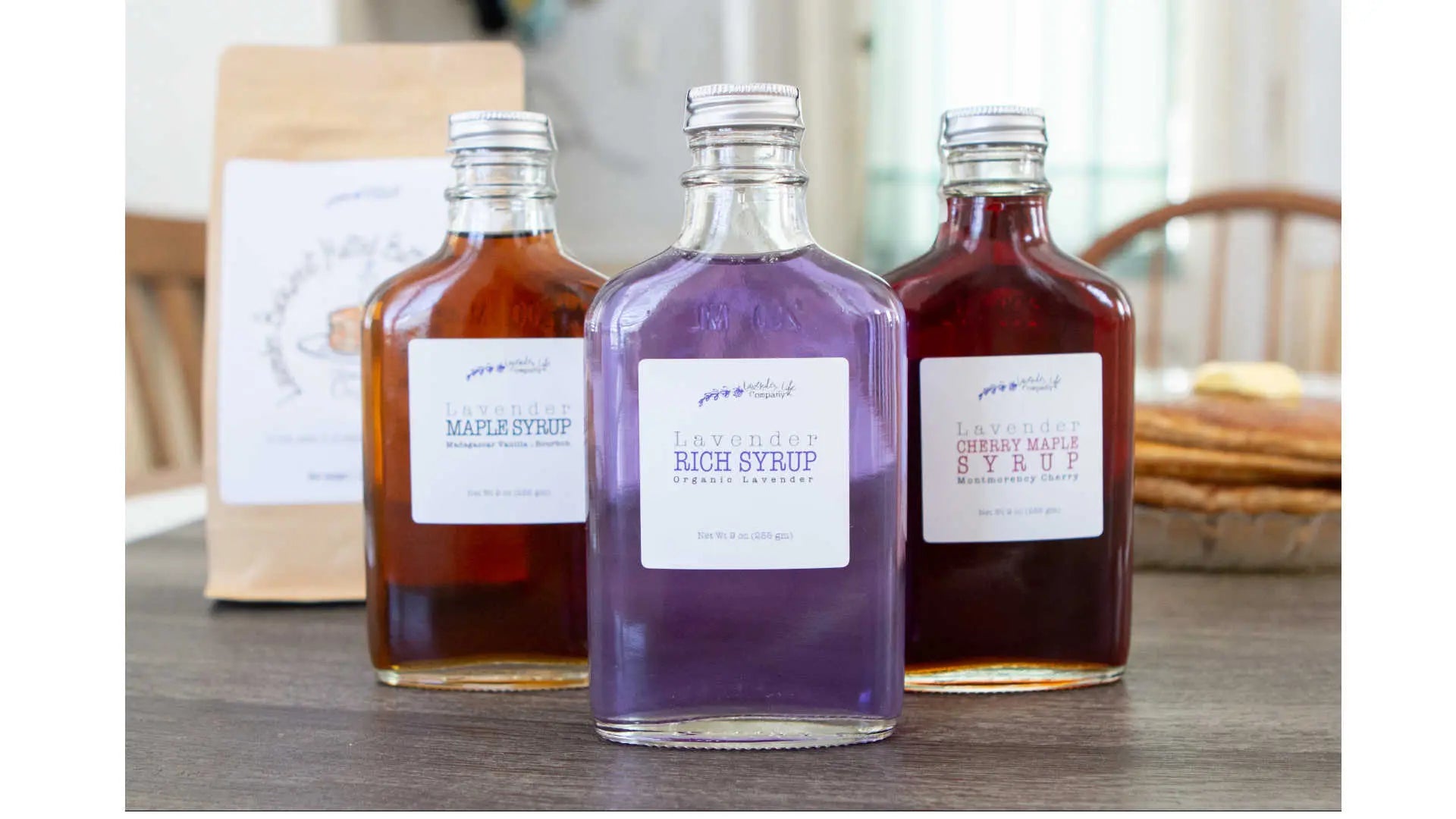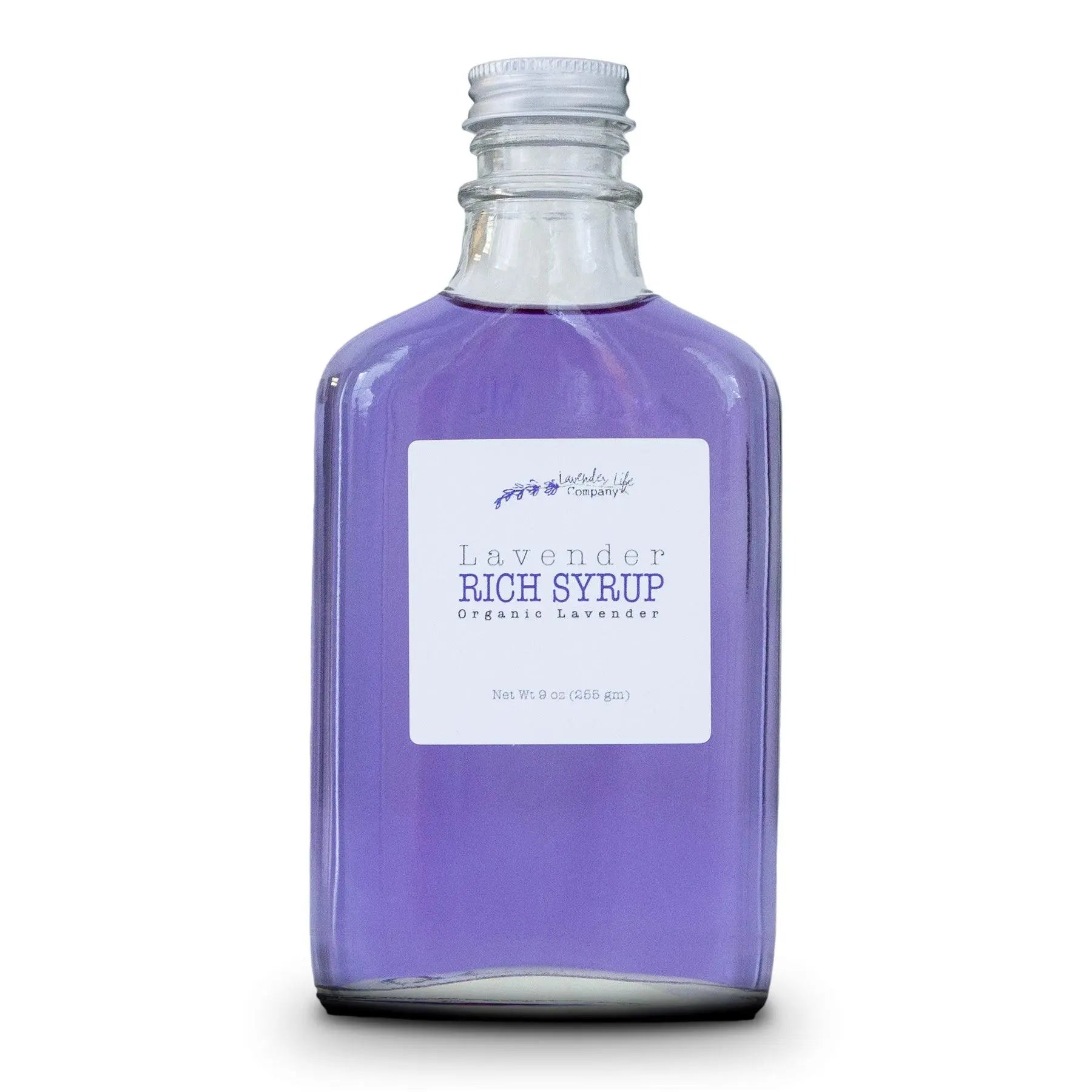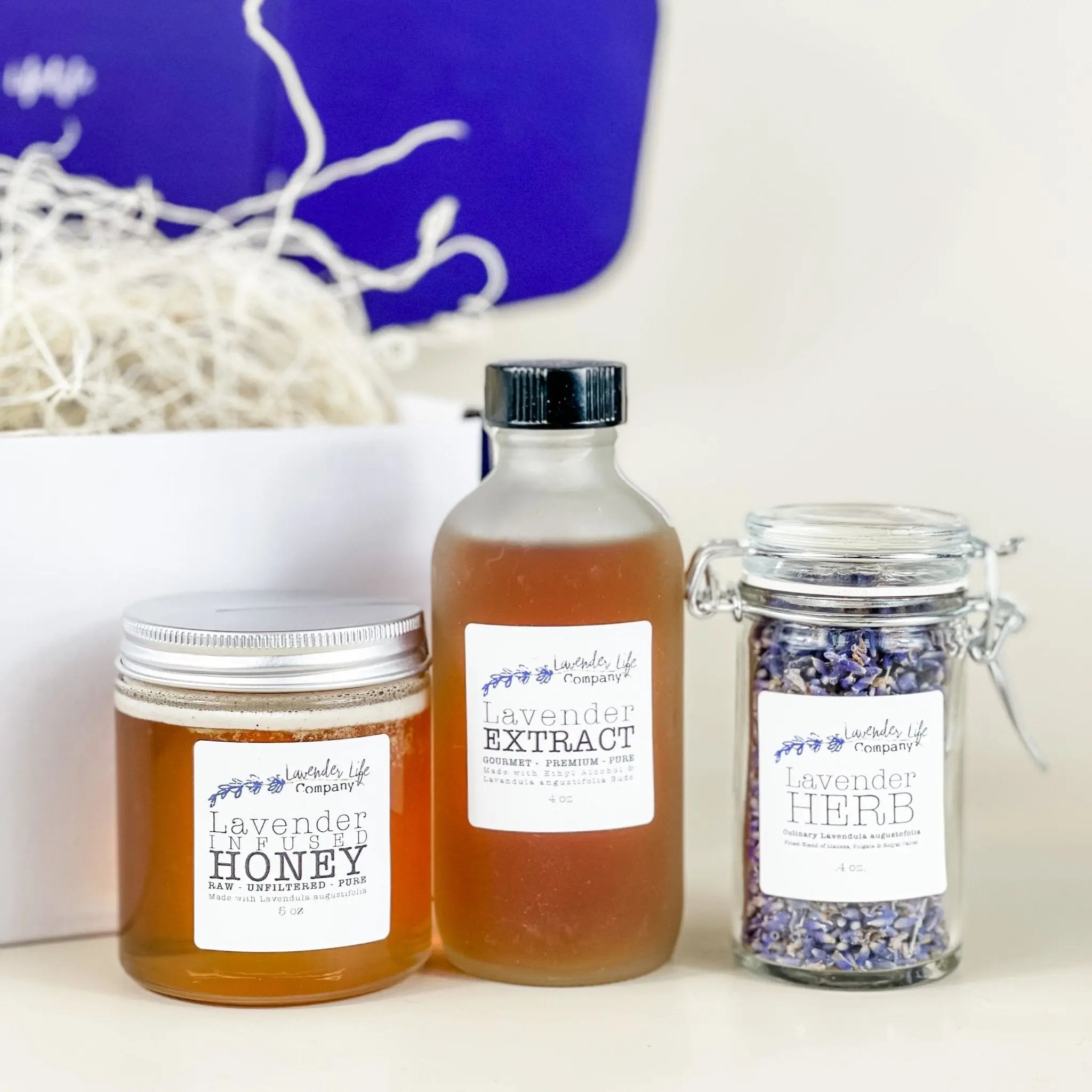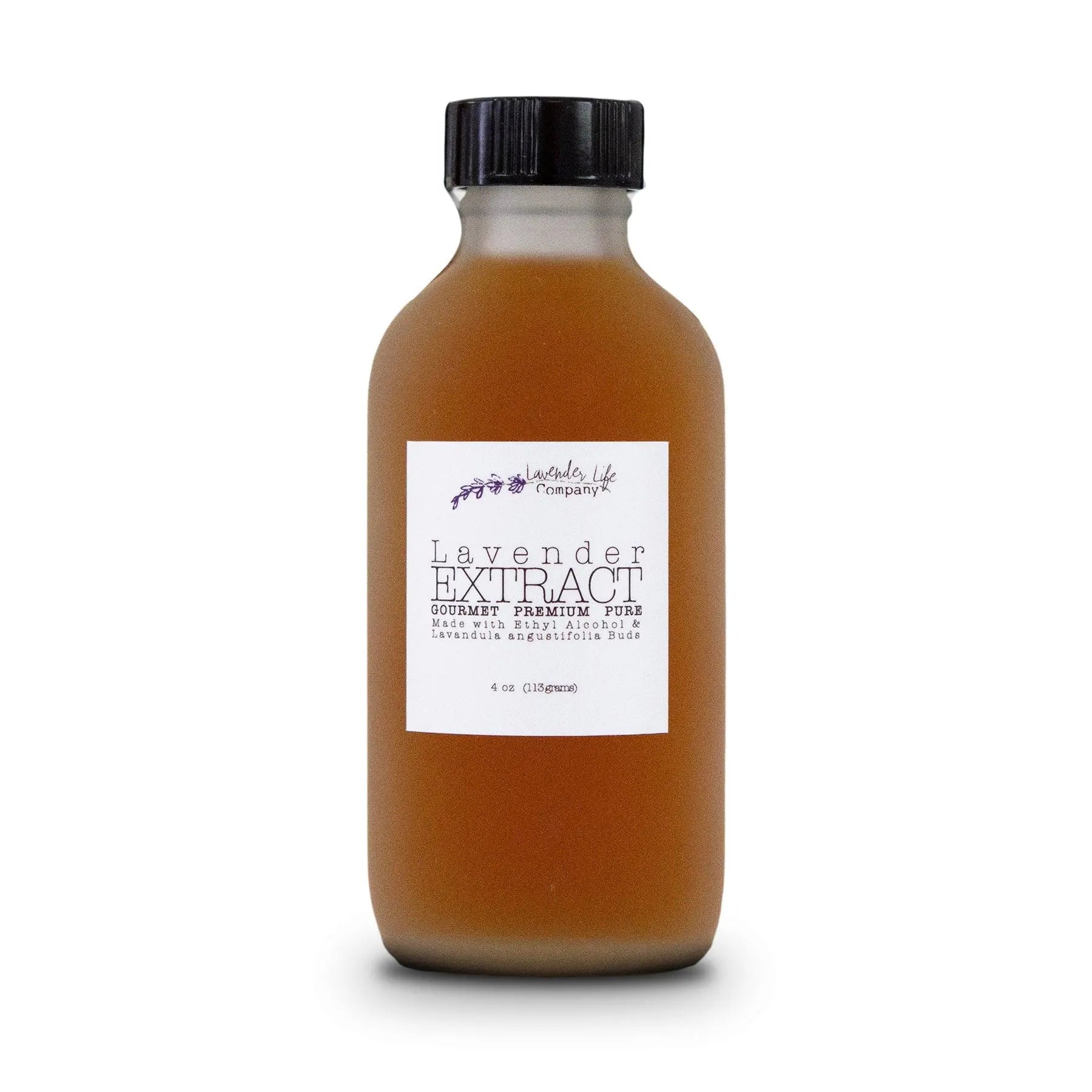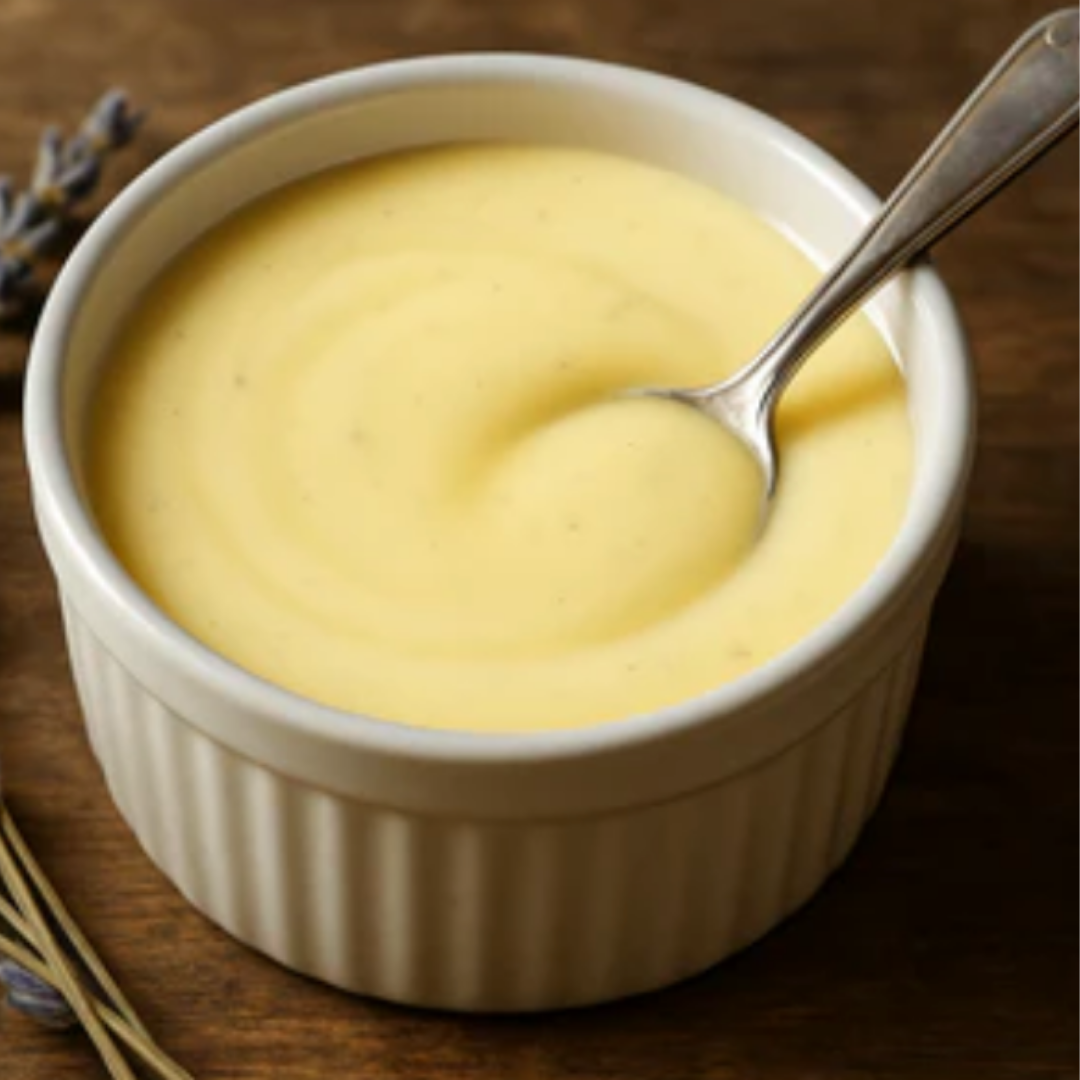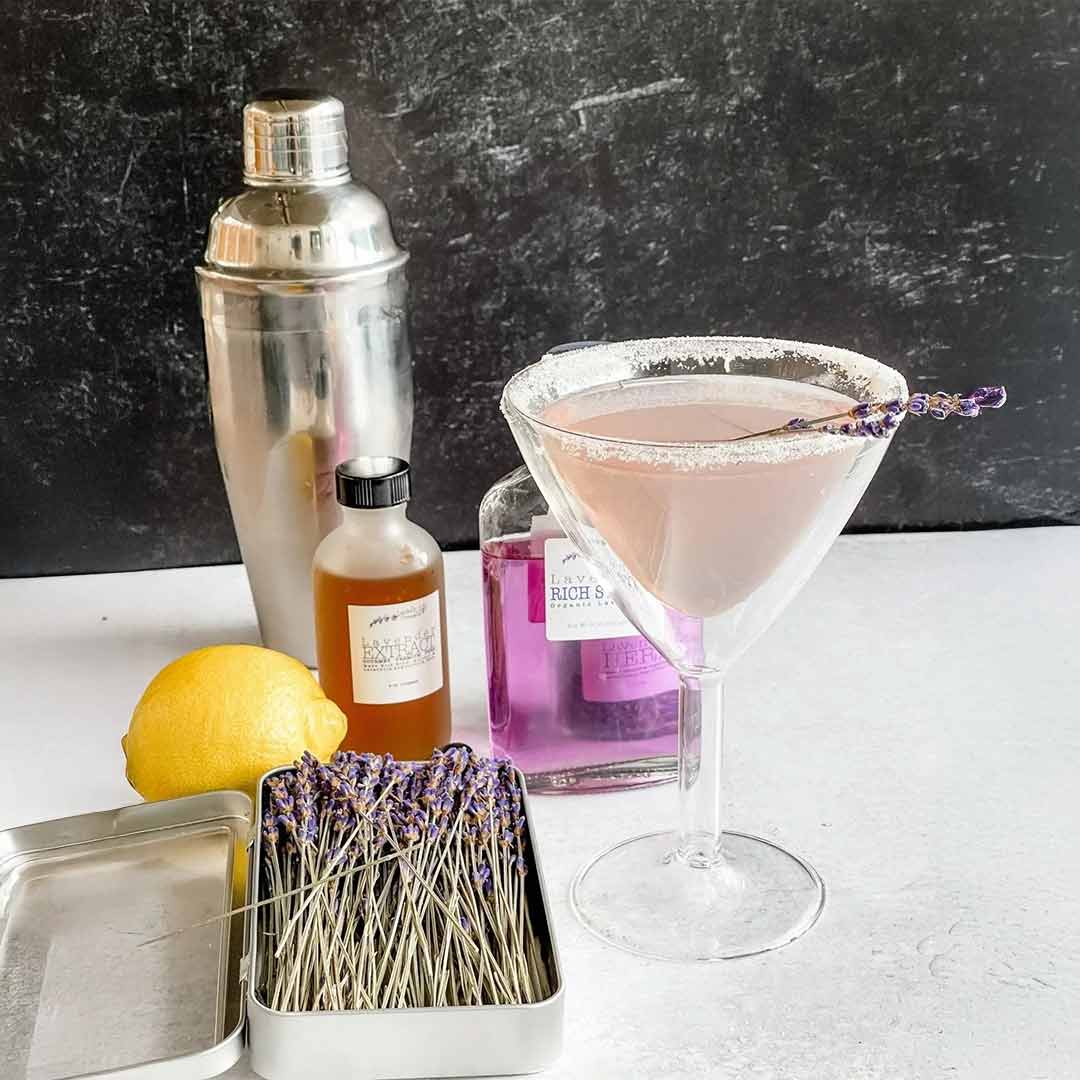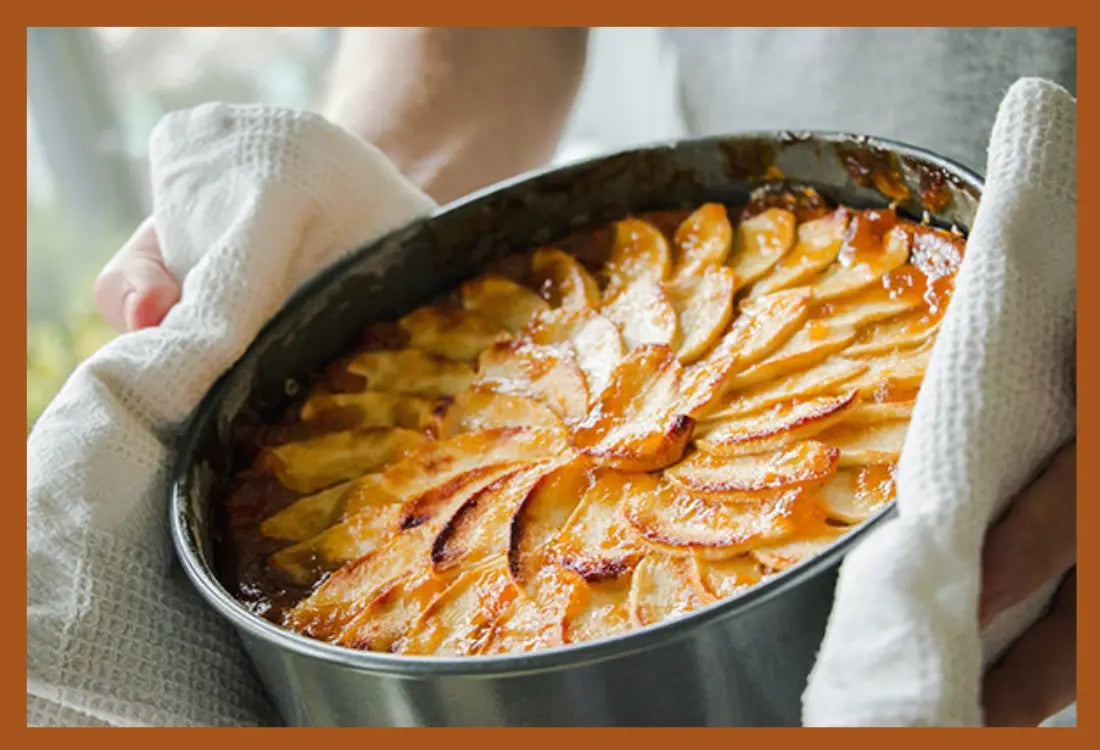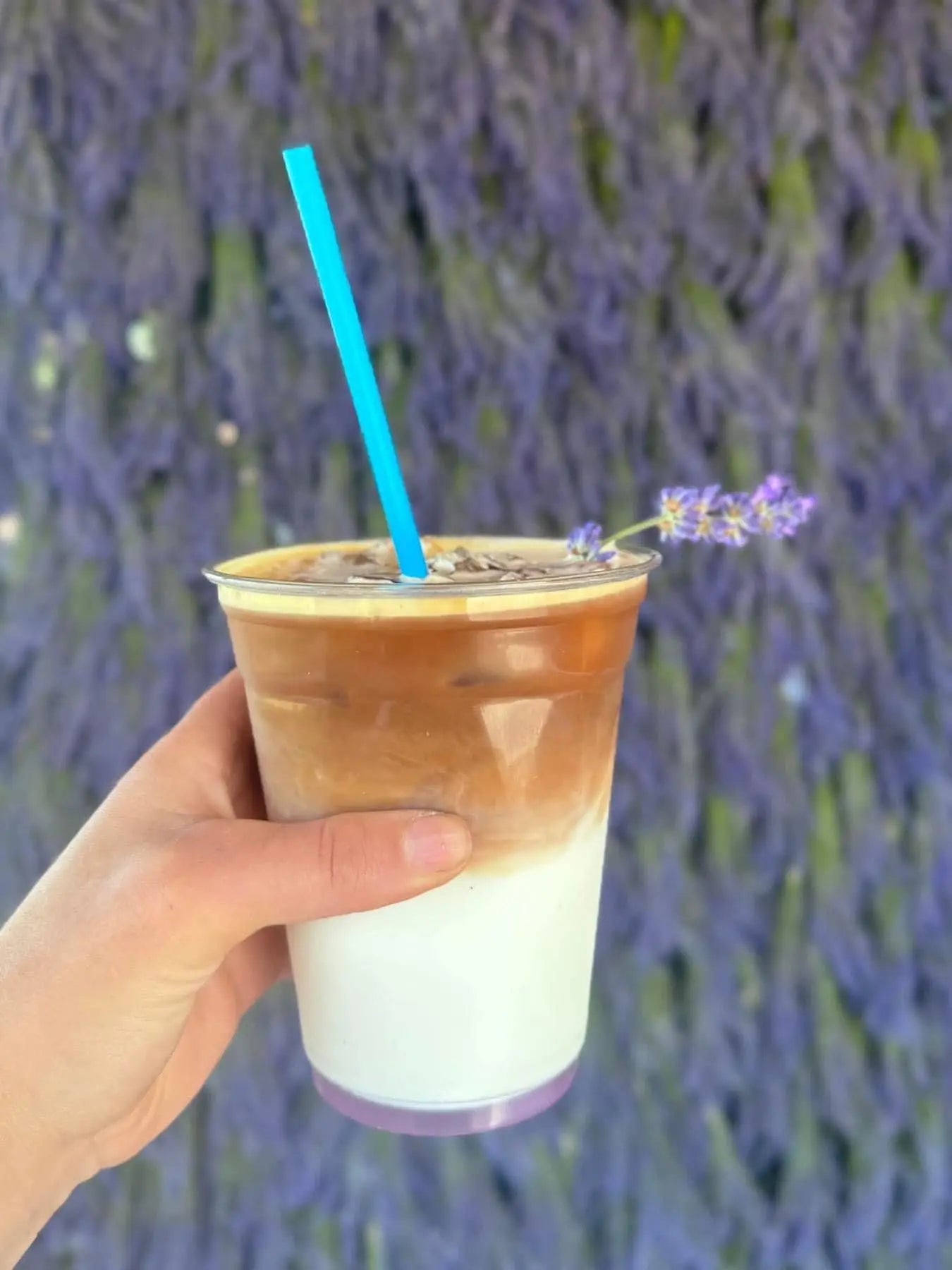A silky custard infused with floral lavender and bright lemon zest offers an unforgettable dessert experience. By combining culinary lavender buds with fresh citrus juice, this recipe delivers a balanced tart-floral profile and a luxuriously smooth texture. In this guide, you will discover what makes this the best lavender lemon custard recipe, learn which ingredients and equipment guarantee success, follow four illustrated how-to steps, and explore expert tips for perfect consistency. Along the way, you’ll find serving ideas and deeper insights into lavender’s culinary use.
What Makes This the Best Lavender Lemon Custard Recipe?
Lavender lemon custard earns “best” status by marrying precise ingredient ratios with expert techniques that optimize flavor infusion, thickness, and visual appeal. Culinary lavender buds steep in warm dairy to release delicate floral compounds while fresh lemon juice and zest provide verdant acidity. Vibrant flavor balance emerges from controlled infusion and gentle double-boiler cooking that prevents curdling. Four high-quality how-to images guide every step, ensuring home bakers achieve professional results.
How Do Lavender and Lemon Create a Perfect Flavor Balance?
Lavender and lemon combine through complementary sensory attributes—lavender’s sweet, herbaceous aroma counterpoints lemon’s bright, tangy zing. Floral terpenes in lavender (Entity) enhance (Relationship) aromatic complexity (Entity) while citric acid from lemon juice contributes tartness (Entity) that cuts through richness. This interplay of aroma → complexity and acidity → freshness yields a multidimensional custard that delights both nose and palate.
Flavor Chemistry of Lavender
Research indicates that the aromatic complexity of lavender is due to the presence of floral terpenes, which contribute to its distinct fragrance. These terpenes interact with other flavor compounds, enhancing the overall sensory experience. The interplay of these compounds creates a multidimensional flavor profile.
Buchbauer, G., Jirovetz, L., Jäger, W., & Dietrich, H. (1993). Aromatherapy: The application of essential oils for therapeutic purposes.
This research supports the article's discussion of how lavender's aromatic compounds contribute to its flavor profile.
Which Ingredients Ensure Superior Taste and Texture?
An EAV table below outlines the core ingredients’ attributes and their contributions to the final custard.
| Entity | Attribute | Value |
|---|---|---|
| Culinary lavender buds | Floral intensity | 1 tablespoon of dried buds imparts delicate perfumed notes |
| Fresh lemon juice & zest | Tartness & brightness | 2 tablespoons juice + 1 teaspoon zest for balanced acidity |
| Egg yolks | Thickening power | 4 large yolks provide creamy custard body without graininess |
| Heavy cream & whole milk | Creaminess & lightness | 1 cup cream + 1 cup milk delivers richness with smooth mouthfeel |
| Granulated sugar | Sweetness control | ½ cup sugar balances floral and citrus flavors |
Each ingredient works synergistically to thicken the custard and support flavor clarity, and these selections ensure a custard that sets firmly yet remains tender.
Why Are Specific Techniques Key to Custard Perfection?
Custard perfection depends on three core methods: infusion, tempered whisking, and gentle heat control. Steeping lavender buds in warm dairy opens floral oils without bitterness. Tempered whisking of eggs and sugar ensures even coagulation. Cooking over a double boiler applies indirect heat for gradual thickening. Finally, immediate straining and chilling create a uniformly smooth texture ready for serving or further customization.
Custard Making Techniques
The process of making custard involves specific techniques, such as tempering eggs and controlling heat, to achieve the desired texture. These techniques are crucial for preventing curdling and ensuring a smooth, creamy consistency. Proper methods are essential for the final product's quality.
What Ingredients Are Needed for the Best Lavender Lemon Custard?
Which Culinary Lavender Types Are Best for Baking?
Culinary lavender buds (Lavandula angustifolia) deliver the mildest, sweetest floral notes, unlike ornamental varieties that can taste soapy. Organic, food-grade lavender buds provide pure fragrance and avoid pesticide residues. Ground buds or light lavender sugar also work but require careful dosing to prevent overpowering the custard.
How to Choose and Prepare Fresh Lemons for Custard?
Fresh lemons contribute both juice and zest for optimal acidity and aromatic oils. Choose firm, unwaxed lemons with bright yellow skin. Wash and pat dry, then use a microplane to collect zest before juicing. Meyer lemons offer sweeter, floral-tinged juice, but standard Eureka or Lisbon lemons yield classic bright lemon flavor.
What Are the Essential Dairy and Egg Components?
Use whole milk and heavy cream in a 1:1 ratio to combine creaminess with manageable fat content. Four room-temperature egg yolks provide the custard’s natural thickening mechanism via protein coagulation. Granulated sugar balances tartness, while a pinch of salt enhances flavor clarity. For a delightful floral sweetness, incorporate Lavender Honey, adjusting sugar to taste.
How to Source and Use High-Quality Ingredients?
Sourcing organic lavender and citrus ensures purity of flavor and safety. Purchase egg yolks from free-range, pasture-raised eggs for richer color and taste. When possible, choose locally produced dairy for freshness. High-quality ingredients directly translate to a custard that sets evenly and tastes distinctly floral-citrus.
What Equipment Do You Need to Make Lavender Lemon Custard?
A concise equipment list helps home bakers prepare and capture each critical stage with clarity.
| Entity | Attribute | Value |
|---|---|---|
| Double boiler | Gentle heat source | Provides indirect, consistent warmth to prevent custard curdling |
| Whisk | Emulsification tool | Ensures egg yolks and sugar blend into a pale, uniform mixture that thickens evenly |
| Fine-mesh sieve | Textural refinement | Removes lavender particles and ensures ultimate smoothness |
| Ramekins or jars | Portion containers | Hold custard during chilling and serve elegantly |
Why Use a Double Boiler for Custard Cooking?
Using a double boiler prevents direct flame contact with the custard, reducing steam temperature to around 180 °F and avoiding rapid protein coagulation that leads to grainy texture. This method gently denatures egg proteins, creating a creamy, even set.
What Tools Help Achieve Smooth Texture?
A sturdy whisk promotes thorough emulsification of egg yolks, sugar, and infused dairy. A fine-mesh sieve strained over a heatproof bowl captures residual lavender buds and undissolved proteins. Uniform ramekins ensure even chilling and professional presentation.
How Do You Make Lavender Lemon Custard?
- Infuse Culinary Lavender into Warm Dairy Heat the cream and milk mixture to 160 °F in the top of a double boiler, then stir in 1 tablespoon of culinary lavender buds. Allow the mixture to steep off-heat for 15 minutes to extract floral oils, then reheat gently.

- Whisk Egg Yolks and Sugar to the Right Consistency In a mixing bowl, whisk 4 egg yolks with ½ cup granulated sugar until the mixture becomes pale yellow and ribbons form when the whisk is lifted. This emulsification step integrates air and ensures a stable custard base.

- Cook the Custard to Perfect Thickness Using a Double Boiler Temper the yolk mixture by adding a ladle of hot lavender-infused dairy while whisking continuously. Return the combined mixture to the double boiler and stir gently until it coats the back of a spoon (about 175 °F). Do not allow the mixture to boil to prevent curdling.
 Gently cooking the custard over a double boiler until thickened.
Gently cooking the custard over a double boiler until thickened.- Strain and Chill the Custard for Smooth Texture Pour the cooked custard through a fine-mesh sieve into a clean bowl, pressing gently to extract every drop. Stir in 2 tablespoons of fresh lemon juice and 1 teaspoon of lemon zest, then divide into ramekins. Cover and chill for at least 4 hours to fully set.

Each step forms a semantic chain—infusion → emulsification → controlled cooking → refinement—that leads directly to a professional-quality custard.
What Tips Help You Achieve the Perfect Lavender Lemon Custard?
To prevent common pitfalls and enhance flavor, apply these expert suggestions:
- Temper Eggs Gradually to avoid curdling: Whisk a small amount of hot dairy into yolks before combining with the rest.
- Monitor Temperature Closely using a candy thermometer to keep the mixture below boiling.
- Adjust Lavender Quantity by tasting steeped dairy—if floral notes are too strong, strain earlier or reduce buds next time. Consider using Lavender Life Lavender Extract for a more controlled floral infusion, starting with ½ teaspoon.
- Chill Thoroughly by refrigerating uncovered for 30 minutes, then covering to prevent condensation; this ensures a firm, smooth set.
These practices bolster trust in your technique and guarantee that the custard emerges uniformly creamy, vibrant, and flavorful.
How Can You Serve and Customize Lavender Lemon Custard?
Lavender lemon custard’s creamy texture and balanced flavor lend themselves to a range of presentations:
- Serve in ramekins garnished with fresh berries and mint leaves for contrast.
- Layer custard in shortbread-lined glasses with crushed pistachios and whipped cream.
- Use as a filling for tart shells or éclairs—custard thickness creates a stable yet luscious interior.
For flavor customization, substitute ½ teaspoon of Lavender Life Lavender Extract for buds to achieve milder floral notes, and increase lemon zest to 1½ teaspoons if you prefer a more pronounced citrus kick. Frozen custard adaptations are also delicious: churn the mixture in an ice cream maker for 20 minutes, then freeze until firm.
What Are the Most Common Questions About Lavender Lemon Custard?
Culinary lavender refers to dried, food-grade flowers (Lavandula angustifolia) used for their sweet, herbaceous aroma in baked goods and custards. Its aroma compounds infuse into warm liquids, enriching flavor without texture disruption.
Homemade lavender extract is created by macerating dried buds in neutral high-proof alcohol for several weeks, concentrating floral terpenes for consistent tasting notes. This extract can replace buds in custard for smoother infusion.
Lavender extract offers a subtler flavor profile than buds and avoids particulate removal, but it is more potent—start with ½ teaspoon and increase gradually based on taste preferences.
Preventing curdling relies on proper tempering of eggs, maintaining low and even heat during cooking, and avoiding boiling. Straining immediately after cooking also removes any over-coagulated bits.
Beyond lemon, lavender pairs beautifully with berries, vanilla bean, mint, and honey, creating floral-fruit dessert combinations that highlight its unique aroma without overpowering the palate.
Ready to Bake the Perfect Custard?
Elevate your dessert game with this exquisite Lavender Lemon Custard. Discover the delicate balance of floral and citrus notes, crafted with simple techniques for a luxurious result.
A harmonious blend of lavender’s floral elegance and lemon’s vivacious brightness, this custard offers a restaurant-quality finish that’s within every home baker’s reach. Try this recipe today and delight in the perfect floral-citrus custard that sets a new standard for seasonal desserts.


